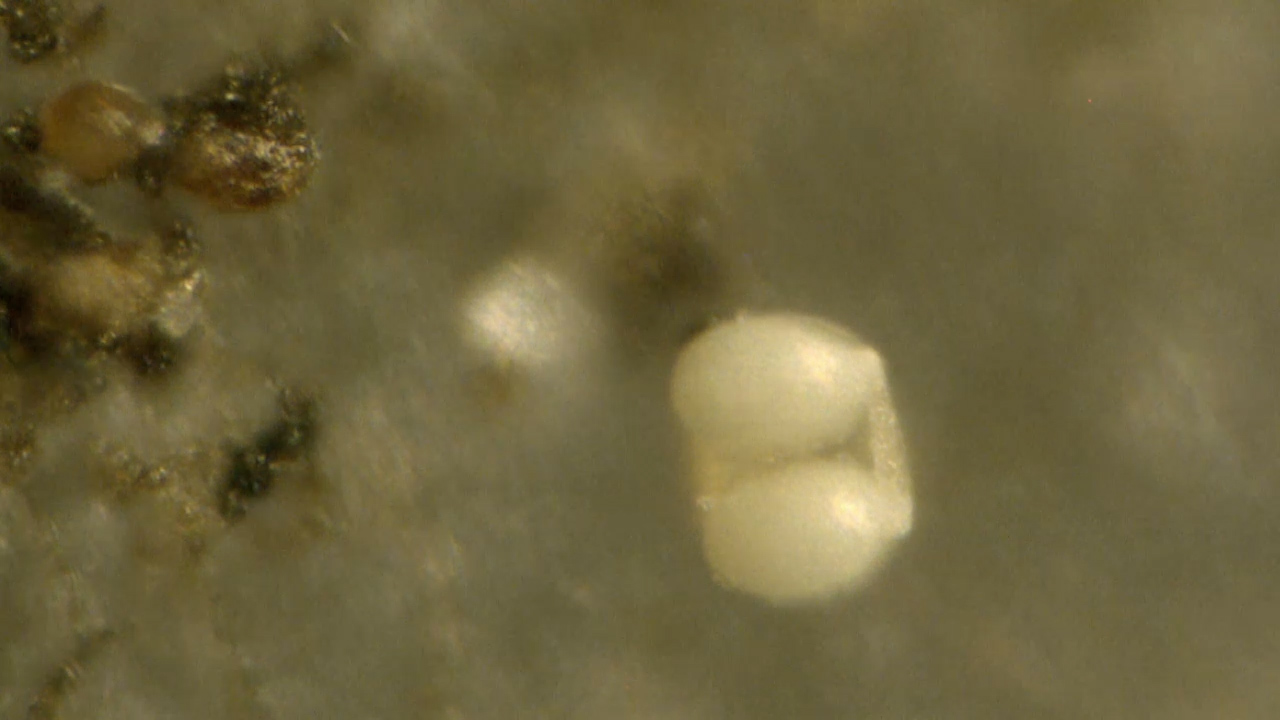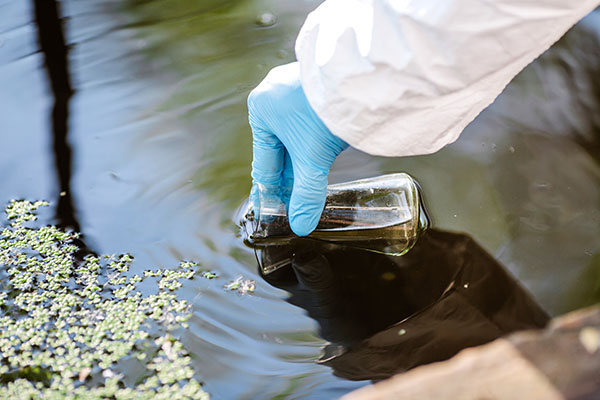“Forever chemicals” haunt North Carolina homes as PFAS found in dust near Chemours plant
04/03/2025 / By Cassie B.

- Toxic PFAS chemicals, including banned ones, were found in household dust near a Chemours plant in North Carolina.
- Every dust sample from 65 homes contained PFAS, with higher levels near the plant.
- Older PFAS like PFOA and PFOS, phased out years ago, were still detected in most samples.
- Dust is a significant exposure route, especially for children, due to their hand-to-mouth behavior.
- Critics argue regulatory actions came too late, leaving residents exposed to long-term health risks.
Toxic PFAS chemicals, including some banned decades ago, have infiltrated household dust near a Chemours manufacturing plant in North Carolina, a new study reveals, underscoring the failure of regulations to protect communities from persistent industrial pollution.
Researchers found these “forever chemicals” in every dust sample collected from 65 homes near the Fayetteville Works facility, with higher concentrations in houses closest to the plant — raising urgent questions about the effectiveness of environmental oversight and the long-term health risks for residents.
The findings, published in Environmental Science & Technology, highlight how PFAS — linked to cancer, liver damage, and immune dysfunction — continue to plague communities long after their phase-out, suggesting that corporate and government actions have fallen short of safeguarding public health.
Dust as a silent carrier of toxins
The study, part of NC State University’s GenX Exposure Study, analyzed kitchen dust collected in 2019 from homes within six miles of the Chemours plant. Researchers detected at least one type of PFAS in all samples, with 89% containing GenX, a compound tied to kidney damage and marketed as a “safer” replacement for older PFAS like PFOA and PFOS. Shockingly, 74% of samples still contained PFOA (phased out in 2015) and over 80% had PFOS (discontinued in 2002), proving these chemicals persist in the environment despite regulatory bans.
“PFAS exposure via contaminated well water is relatively well studied, but given the air emissions from the plant, we wanted to learn whether household dust was also a source of exposure,” said lead researcher Nadine Kotlarz, an environmental engineer at NC State. The answer was unequivocal: Dust is a significant exposure route, especially for children. “Little kids crawl on the floor, they put their hands in their mouth. That’s normal behavior. That’s why little kids get lead poisoning — from lead in dust,” noted Jane Hoppin, an epidemiologist involved in the study.
Regulatory shortfalls and corporate delays
The dust samples predate a 2019 state order requiring Chemours to install thermal oxidizers to reduce PFAS air emissions by 99.9%. Critics argue the measure came too late. “These five-year-old dust samples pre-date the comprehensive actions taken at Fayetteville Works to address fluorinated organic chemical (FOC) process emissions,” a Chemours spokesperson said, deflecting blame. But residents like Vickie Mullins, whose drinking water was contaminated, remain skeptical: “The only way to stop this is to shut the plant down.”
The study also detected trifluoroacetic acid (TFA) — a controversial ultrashort-chain PFAS — in 89% of homes. While Europe classifies TFA as PFAS, the U.S. EPA does not, leaving regulatory gaps.
The findings add to mounting evidence of PFAS’s omnipresence, from drinking water to food supplies—and now, dust. Despite Chemours’ emission controls, researchers stress the need for follow-up testing to assess whether reductions in air pollution have translated to safer homes. “Now that the thermal oxidizer is in place, it would be interesting to see whether we continue to see this trend,” Hoppin said.
For North Carolina communities, the study is a reminder of the long shadow cast by industrial pollution. As PFAS linger in dust, water, and blood, the burden falls on regulators to enforce tougher standards—and on companies to prioritize public health over profit. Until then, residents remain trapped in a toxic legacy, one dust particle at a time.
Sources for this article include:
Submit a correction >>
Tagged Under:
This article may contain statements that reflect the opinion of the author




















